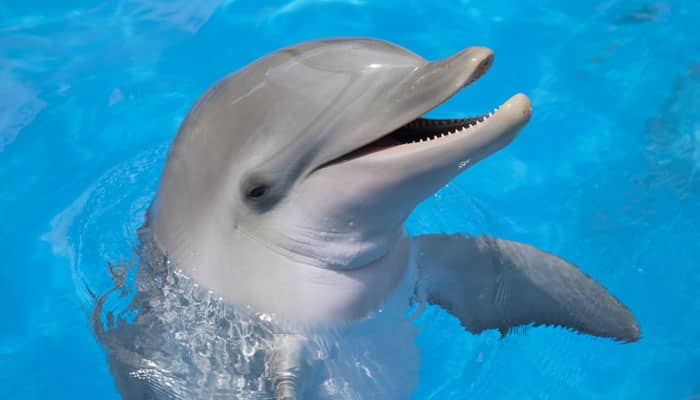
Description of a new dolphin, the Australian Snubfin Dolphin Orcaella heinsohni sp. Kovacs) (Academic Press, Elsevier, 2017 (in press)).

#Irrawaddy dolphin skin
Agricultural and industrial run-off in areas of dense human habitation are also associated with high contaminant levels in coastal areas where Irrawaddy dolphins occur, and a recent study of six Irrawaddy dolphin populations documented high levels of skin abnormalities thought to be associated with poor water quality 16. This is particularly true in coastal areas where large-mesh gillnets are the predominant fishing gear used, as these are often set and left unattended for long periods of time, entangling dolphins as they travel or chase fish into the nets 5,11,14,15. As with all whales and dolphins, accidental entanglement in fishing gear, known as bycatch, is the leading source of human-induced mortality for Irrawaddy dolphins. Irrawaddy dolphins’ main natural predators are assumed to be sharks 13, but much more concerning are the many human-induced threats they face. Gestation is thought to be about 14 months, with births peaking in the pre-monsoon season of April-June, but they may occur year-round. These larger aggregations are believed to be associated with mating. They tend to occur in small groups of 2-6 individuals 11, but larger aggregations have been documented in Sarawak 4 and Thailand 12. Little is known about Irrawaddy dolphins’ life history. Social structure, Reproduction and growth Irrawaddy dolphins also appear to follow tides, moving inshore and into river mouths with high tides, and further offshore as the tides go out 6-10, probably following the movements of the fish that they eat.

In many parts of their range, they are known to feed in close proximity to fishermen that are setting or retrieving their nets, and in some sites, including the Aeyerwaddy river in Myanmar, and Kuching, Sarawak, they are known to accept discarded fish thrown by fishermen as nets are hauled in 4,5. They can also spit water while feeding, apparently to help capture fish. They are known to bottom feed and sometimes surface with mud on their heads or backs. Dolphins are slow-moving and prone to injuries on collision with propellers of boats, he added.Irrawaddy dolphins appear to be generalist feeders, taking a variety of fish depending on their habitat. In 2021, the forest department counted 188 dolphins, including 162 Irrawaddy dolphins and 26 bottlenose dolphins in Chilika.Īt present, the Irrawaddy dolphins are only found between Chilika and Indonesia in Asia, a forest officer said.Īround 250 private boats operate in the Chilika Lake that make a lot of noise and harm the marine ecosystem, said Jayakrushna Panigrahi, secretary of Odisha Environmental Society. A bottlenose dolphin was found dead April 22 on the Puri beach.Īround 146 Irrawaddy dolphins and 17 bottlenose dolphins were observed in Chilika lake in 2020 by forest officials. The carcass of a Gangetic Dolphin was caught in the net of a fisher in Bhadrak district February 17. The body of a female spinner dolphin ( Stenella longirostris ) had washed ashore in Paradip port beach in July 2021 and another carcass of the same species was discovered June 30 at Paradip beach.ĭead Irrawaddy dolphins were found floating in the seawater near Konark’s Chandrabhaga beach in Puri April 8, in the Chilika lake June 6 and 10. This is the eighth dolphin death reported from the state in eight months and has shocked wildlife lovers and forest officials. Irrawaddy dolphins fall under Schedule I of the Indian Wildlife (Protection) Act, 1972 and mentioned in the International Union for the Conservation of Nature (IUCN) Red List of Endangered Species.

Veterinary officials have conducted a post mortem to determine the cause of death and the report is due, said Sarat Mishra, assistant conservator of forest, Chilika Lake. “The dolphin might have died after being trapped in an illegal mosquito or fish net,” said Muntaz Khan, a dolphin researcher and assistant professor in the zoology department in Kalahandi University, Bhawanipatna. The carcass, enmeshed in a fishing net, was discovered by locals near Kumarpur village within Rambha range in Chilika Lake. A six-foot-long Irrawaddy dolphin, an endangered species, was found dead in Odisha’s Chilika Lake August 31, 2021.


 0 kommentar(er)
0 kommentar(er)
